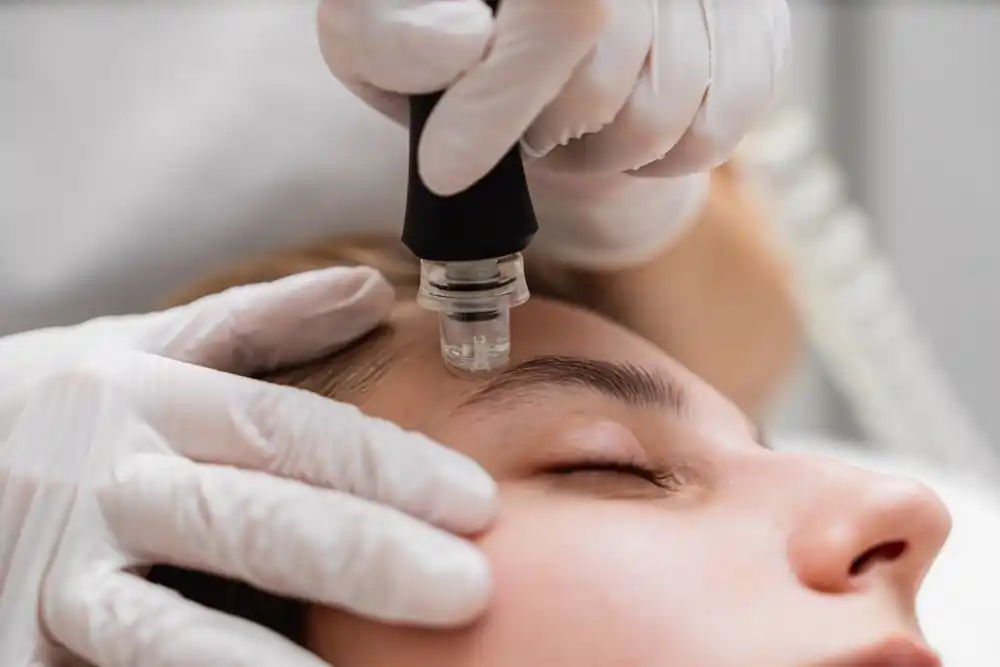
2024-09-20T13:01:00+00:00
Microdermabrasion vs. Chemical Peels: Which Treatment Is Best for You?
Microdermabrasion vs. chemical peels: Explore which skin treatment suits you best. Discover effective solutions for smooth, …
Our Recent Blogs
Sublocade: A Monthly Solution for Opioid Addiction Management
2024-08-26T11:09:00+00:00
Suboxone & Sublocade Treatment: Myths vs. Facts
2024-05-16T12:45:00+00:00
Why Now is the Best Time to Start Body Sculpting
2024-04-19T12:59:00+00:00
Understanding the Role of Suboxone in Your Journey to Recovery this New Year
2024-01-25T11:41:00+00:00
Understanding the Role of Suboxone in Your Journey to Recovery this New Year
2024-01-17T15:03:00+00:00
Debunking Myths About MAT
2023-11-08T16:20:00+00:00
Exploring the Transformative Power of Body Sculpting
2023-10-06T14:52:00+00:00
How Does Suboxone Work?
2023-08-14T13:41:00+00:00
What is Microdermabrasion?
2023-07-13T17:31:00+00:00
